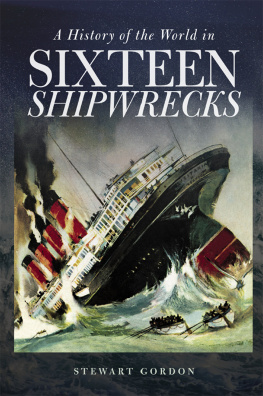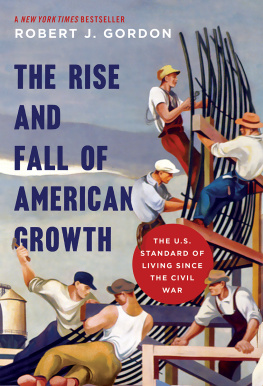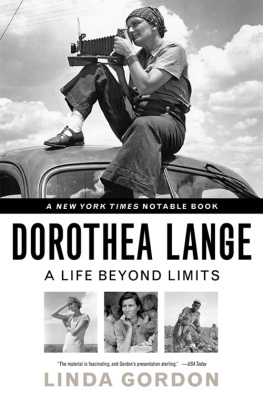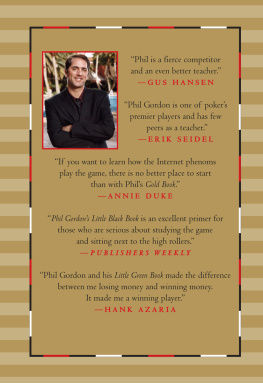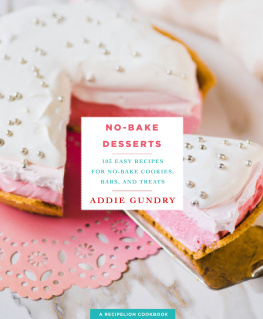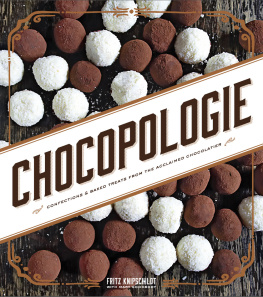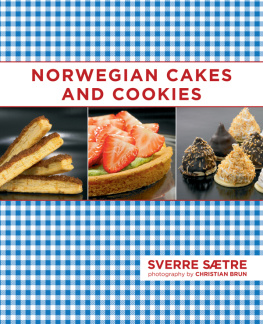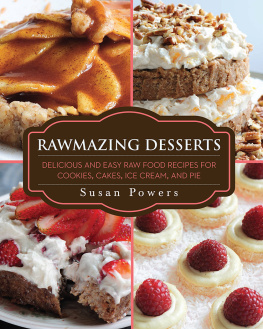Sweet
Valerie Gordon
Photographs by Peden + Munk

Copyright 2013 by Valerie Gordon
Photographs copyright 2013 by Peden + Munk
All rights reserved. No portion of this book may be reproducedmechanically, electronically, or by any other means, including photocopyingwithout written permission of the publisher.
Published by Artisan
A division of Workman Publishing Company, Inc.
225 Varick Street
New York, NY 10014-4381
artisanbooks.com
Published simultaneously in Canada by Thomas Allen & Son, Limited
Library of Congress Cataloging-in-Publication Data is available.
eISBN 9781579655952.

FOR STANLEY
CONTENTS
INTRODUCTION

Its 2 a.m. on a night in the middle of July, and my partner, Stan, and I are talking about Christmas.
I finalized the new holiday collection today, I say. How are we going to work the new items into the holiday production schedule? What did we run out of last year? How many people do we need to hire this year? Have we ordered enough boxes?
Every year its the same thing, yet somehow each new pre-holiday season seems even more frenetic. A few short years ago, we were making fifteen different chocolates, all by hand, and it felt very complicated. Today we also make more than a hundred other products: preserves, petits fours, chocolate bars, cakes, pastries, cookies, and pies. Its no longer just complicatedits controlled chaos.
When we started our company nine years ago, our motto was For gifts and personal indulgence. Valerie Confections has evolved so much since then, but the same intention remains behind everything we make. Each chocolate is made by hand, dipped by hand, and packed by hand in boxes finished with hand-tied ribbons. I believe in making all of our products this way. For me, it is the same idea as preparing a home-cooked meal. There is true intimacy in a box of chocolates that are all slightly different because human hands, thankfully, cannot replicate the robotic movements of a machine. Handmade gifts and desserts create a special moment for the person on the receiving end. The next time you need to give a birthday present or a hostess gift, present a box of homemade cookies or a piethe response will undoubtedly be surprise and gleeful anticipation.
EARLY MOMENTS

When I was six years old, I accompanied my mother, grandmother (Pau-Pau), and grandfather (Gung-Gung) on a house call to a business associate of Gung-Gungs. My relationship with Pau-Pau and Gung-Gung was tentative at best. They spoke Chinese exclusively, and communication was somewhat limited with their half-white, non-Chinese-speaking granddaughters. Gung-Gung was the patriarch of the family, and while I dont recall ever being told to obey him, I do remember feeling as if there wasnt an alternative. On this particular outing, Gung-Gung was carrying a large box of Sees Nuts and Chews, which caught my eye. It wasnt Christmas or Chinese New Year, so I asked my mother, Why is Gung-Gung bringing chocolate to his friends house? Gung-Gung responded in Chinese, and my mother translated. Gung-Gung says, Never go empty-handed.
By third grade, I had developed a fairly serious baking habit and, whenever possible, tried to sample more sophisticated desserts. We lived in San Francisco, and across town, in the tony Pacific Heights neighborhood, there was an amazing patisserie, Fantasia. Decadent and fancy, it offered an impossible number of desserts: towers of cookies, chocolates, marzipan fruits, and tray after tray of perfect petits fours and tortes. The tables were occupied by beautifully coiffed ladies, and the entire picture was one of unspeakable joy to my eight-year-old eyes. It was almost too much to take, such beauty and splendor in one room. I never wanted to leave, but I could never choose what to eat. What would be the most delicious creation? Id stare into the cases until my mother finally insisted that we go, and only then would I decide what to eat. The image of the petits fours is seared in my mind to this day. My fairy-tale fantasies were filled with desserts, not Barbies or princesses.
As the youngest of four children, I was frequently left alone to amuse myself or to navigate the world. And there was no play baking with an Easy-Bake oven. I used grown-up equipment and, with little guidance, somehow managed to teach myself how to bake and cook. I created things like monkey bread, dessert pizzas, and a wide array of cookies, including a masterpiece Victorian gingerbread house when I was in the fifth grade. That same year, I discovered a neighborhood dessert shopTassajaraand visiting it became my favorite pastime. Its location couldnt have been more different from Fantasias in Pacific Heights; the Haight-Ashbury neighborhood was decidedly bohemian. The patrons were dressed casually, and the desserts were rustic and organic, yet, in their own way, as beautiful as those at Fantasia. The cases held homey tarts, dense chocolate cakes, and nutty and buttery cookies. I often went out of my way to be able to enter the shop, missing my school bus so I was forced to take public transportation and then had no choice but to walk the three blocks to school, passing by Tassajara. My circuitous journeys to school also gave me the liberty of spending as long as I liked while making my choice in front of the bakery case. On my first visit there, after staring at the case for what felt like hours, I realized that there was no need to choose: I would enjoy two pastries, an almond croissant and a palmier. What fifth grader could ask for more at 7:30 a.m.?
The hours I spent gazing into bakery cases had an enormous impact on my lifes path and on my own style of desserts. The casual organic approach of Tassajara and the classic elegance of Fantasia, the yin and yang of desserts, merged to create my hybrid perspective on sweets.
By the time I was eighteen, my relationship with desserts was well defined. My joyous moments have always been punctuated by dessert. The first time I fell in love, I could think of no better way of expressing my emotions than sending a package of homemade chocolate chip cookies to my boyfriend at college. And every Christmas, there were staples like Snowballs () for friends and family. Desserts can be a celebration, and desserts can also comfort us. The night my father died, the trauma seemed more than I could handle. I cocooned with my family at my childhood home for a few days. There were no activities to distract me, so I baked. Oatmeal cookies with dried apricots and almonds. The cookies were some of the best I had ever madethe centers chewy, the edges crispy, and the apricots tartness perfectly balancing the nuts. I see those days in hazy snapshots, but I do recall with absolute clarity the taste of those cookies.
The early 1990s were an exciting time for restaurants in San Francisco. Because of the dot.com boom, there was an abundance of diners with hefty expense accounts. I was in college studying drama during the day, and I spent my evenings working at one of those bustling restaurants, Lulus. It was an exhilarating place to be, as the farm-to-table movement was starting to burgeon and celebrity chefs were emerging from under the surface of our consciousness. I ran the door at Lulus, so it was my responsibility to know every name and face in the industry, to be familiar with the menu and wine list, and to orchestrate the seating of more than five hundred people a night. Every evening when we opened the doors, I was presented with a culinary whos who from Alice Waters to Marion Cunningham to Alfred Portale. The produce all came from the farmers market, the beginning of what was to become the landmark market at Ferry Plaza. Dining out became my major source of recreation. Being surrounded by food gave me a rush and an enormous thrill, and I devoured it all. But I had no desire to work professionally in a kitchen. I treated my moments of creating food as an intimate activity and would never have predicted that that would change.



